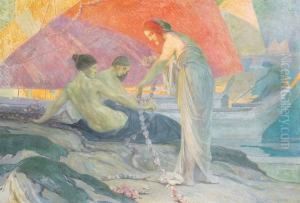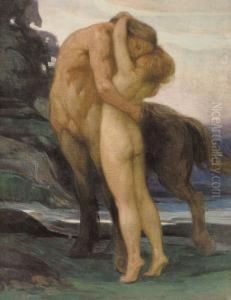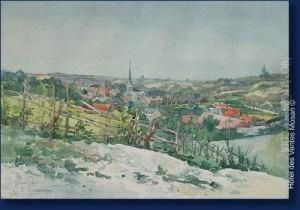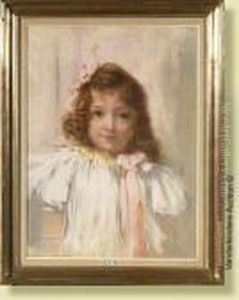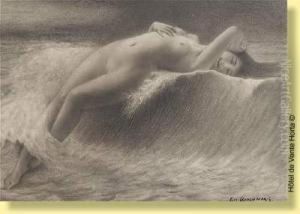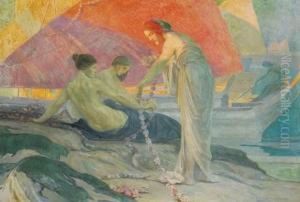Emile Berchmans Paintings
Emile Berchmans was a Belgian artist, born on August 9, 1867, in Liège, Belgium. He was known for his work as a painter, poster artist, and illustrator. Berchmans studied at the Royal Academy of Fine Arts in Liège, where he was influenced by the academic tradition, yet he also embraced the emerging styles of his time, including Art Nouveau.
Berchmans initially worked as an illustrator for various magazines and periodicals, which helped him refine his graphic style. He gained recognition for his poster art, which was characterized by its vibrant colors, stylized forms, and the incorporation of typography, aligning with the aesthetics of the Art Nouveau movement that was gaining prominence during the late 19th and early 20th centuries.
Throughout his career, Berchmans also painted landscapes, portraits, and genre scenes. His work reflects a blend of traditional techniques and modernist tendencies, showcasing his versatility as an artist. Despite being less well-known internationally than some of his contemporaries, Berchmans made significant contributions to the Belgian art scene.
During his lifetime, Emile Berchmans exhibited his work in various venues, and he was associated with the artistic group 'Le Sillon,' which played a crucial role in the development of modern art in Belgium. His artwork was shown alongside that of other prominent Belgian artists, contributing to the cultural vibrancy of the period.
Berchmans' legacy is preserved in the collections of several Belgian museums, where his paintings and graphic works continue to be appreciated by art enthusiasts and scholars. Emile Berchmans passed away on July 27, 1947, in Liège. His work remains an important part of the history of Belgian art, capturing the spirit of an era that was marked by artistic innovation and the search for a new visual language.
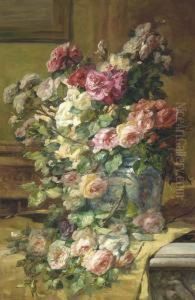
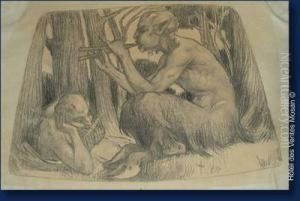
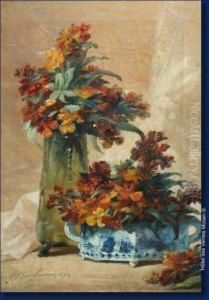
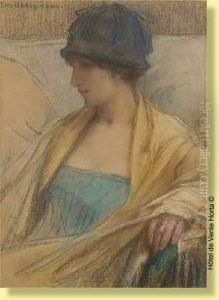
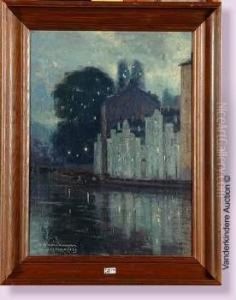
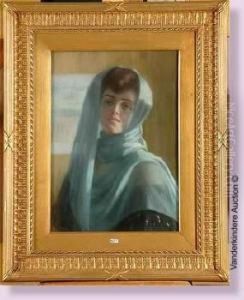
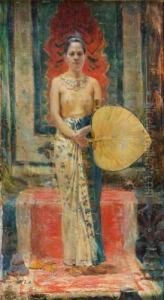
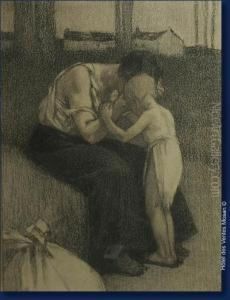
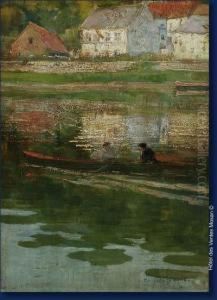
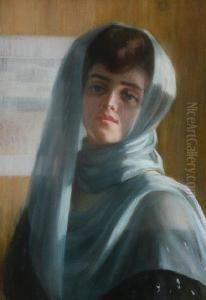
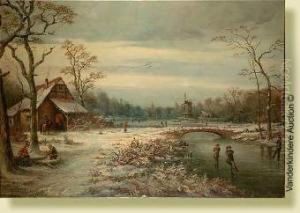
![[le Centaure Amoureux.] Huile
Sur Toile. Au Dos Une Etiquette Du Ministere De L'education Nationale De
La Culture Francaise. Exposition](https://www.niceartgallery.com/imgs/1175541/s/emile-berchmans-le-centaure-amoureux-huile-sur-toile-au-dos-une-etiquette-du-ministere-de-leducation-nationale-de-la-culture-francaise-exposition-le-symbolisme-au-japon-17003439.jpg)
